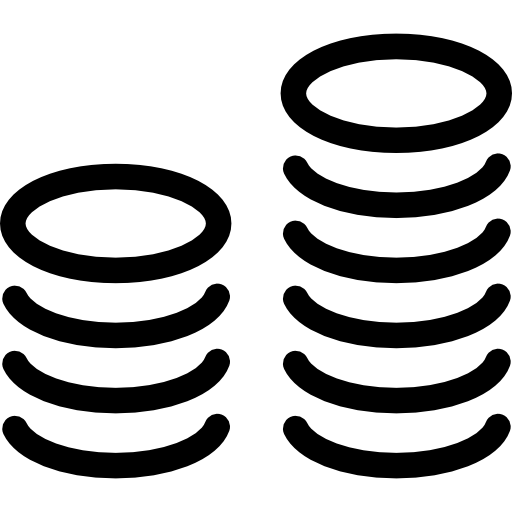
Starting date : Feb. 2013 > Jul. 2018
Lifetime: 66 months

Program in support : FP7 NMP.2012.1.2-2 Development and phase-I clinical trials of novel therapeutic nanotechnologyenabled systems for the diagnosis and treatment of atherosclerosis

Status project : complete

CEA-Leti's contact :
Isabelle Texier-Nogues

Project Coordinator: INSERM (FR)
Partners: - AT: Medical University of Graz
- CH: CLINAM - European Foundation for Clinical Nanomedicine
- DE: Max Planck Institute of Colloids and Interfaces, nanoPET Pharma GmbH, Universitätsklinikum Erlangen
- DK: Lundbeckfonden Center of Excellence in Nanomedicine NanoCAN
- FR: CEA-Leti, CEA-DSV, Hopitaux de Paris, Inserm, Inserm-Transfert SA
- GB: Edinethics Ltd
- HU: Semmelweis University
- IL: WinzSoft
- IT: Bracco Imaging S.p.A
- NL: Academic Medical Center, University of Twente

Target market: n/a

Publications:

Investment: € 12.8 m.
EC Contribution: € 9.8 m.

| Stakes
On the strength of its extensive previous experience in the nanomedicine field and, specifically, its proprietary know-how involving lipid-based nanoparticles, CEA-Leti completed 3 main technical Nano-Athero project tasks: • Development of 64Cu-B22280-F50, a new contrast agent for atherosclerotic plaque detection based on PET (Positon Emitting Tomography) imaging, which is one of the two sensitive imaging modalities for use in cardio-vascular treatment clinics • Development and implementation of mid-scale 64Cu-B22280-F50 production to prepare a clinical translation phase (i.e. a production process that is ready to use for clinical trials in a GMP environment) • Investigation of lipid-based nanoparticles as drug carriers for treating atherosclerotic plaques.
The nanometric size and natural affinity for lipid-rich areas enabled demonstration of CEA-Leti lipid-based nanoparticles (Lipidots™ technology) in efficiently and specifically targeting atherosclerotic plaques in rat animal models; their injection proved to be very safe. In comparison with currently investigated and reported clinical methods using recombined engineered lipoproteins, the CEA-Leti synthetic approach, based on natural or semi-synthetic products, ensures a better controlled, simpler and cheaper manufacturing process. Lipid-based nanoparticles are therefore of prime interest in further research into atherosclerosis diagnosis and could also be promising for long-term treatment of atherosclerotic plaque, when suitable, efficient drugs are identified.
In acute coronary syndrome and stroke, atherosclerotic plaque disruption with superimposed thrombosis is the leading cause of mortality in the Western world. The Nano-Athero project brought together 15 European research groups involved in the nanomedicine field as technology developers and clinical groups involved in cross-disciplinary research in cardio-vascular diseases in a context of growing social and health costs. Nanosystems were developed for imaging and treatment of thrombus and plaque. • New nanoimaging agents allow non-invasive molecular imaging of key pathological processes in vulnerable plaques. • Nanosystems are used to delivery and increase drug efficiency for plaque and stroke treatments in humans. In the context of growing social and health costs of cardiovascular diseases, the Nano-Athero project’s main outcome was launching of a phase 1 clinical
IMPACT
In the context of growing social and health costs of cardiovascular diseases, the Nano-Athero project’s main outcome was launching of a phase 1 clinical trial on one nano-based contrast agent for atherosclerotic plaque detection. Two other nanosystems (including that of CEA-Leti) have been identified as promising for plaque imaging and therapy during preclinical experiments. These will now commence the long process involving the regulatory studies required for preparing clinical trials.
|
|